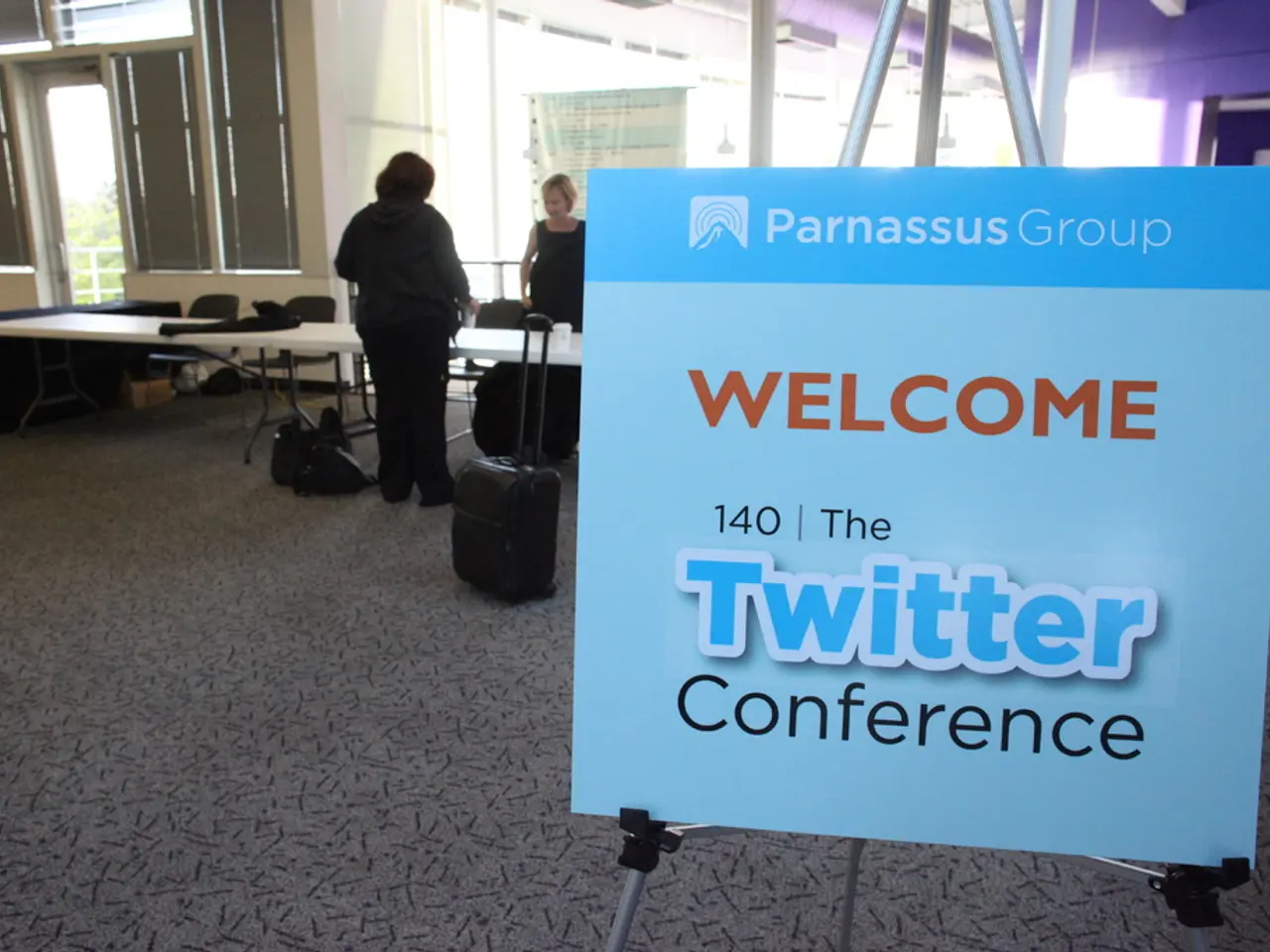Extragonadal Germ Cell Tumors Explained: A Deep Dive into Rare Cancers Arising Outside the Gonads
Extragonadal germ cell tumors (EGGCTs) are a less common type of germ cell tumors, accounting for 1-5% of all cases [1]. These tumors can occur in various locations, with the most common sites being the mediastinum, retroperitoneum, and brain.
Despite their rarity, EGGCTs can be challenging to treat due to their diverse histological subtypes, which include seminomas, yolk sac tumors, teratomas, embryonal carcinomas, and choriocarcinomas. While large-scale studies specifically detailing EGGCT survival by subtype are limited compared to gonadal germ cell tumors, we can draw insights from general germ cell tumor literature and clinical reports.
**Survival Rates by Histological Subtype**
- **Seminomas and Non-seminomatous Germ Cell Tumors (NSGCT):** In poor-risk NSGCT (which may include some extragonadal cases), the 5-year survival is approximately 71% when treated with standard chemotherapy regimens such as BEP (bleomycin, etoposide, and cis/carboplatin) [5][3]. This figure is likely lower than for gonadal NSGCTs, as extragonadal primary sites are generally associated with a worse prognosis.
- **Yolk Sac Tumors:** Survival data specific to extragonadal yolk sac tumors is limited. Case reports highlight successful outcomes with surgery and chemotherapy, but these are not population-level statistics [1]. Published reports suggest that early diagnosis and treatment with surgery and platinum-based chemotherapy can lead to long-term survival, especially in localized disease.
- **Other Subtypes:** For embryonal carcinoma and choriocarcinoma, prognosis is generally worse than seminoma but can be similar to other non-seminomatous tumors if detected early and treated aggressively.
**General Considerations**
- **Stage and Treatment Impact:** Survival is better for localized disease compared to advanced or metastatic disease, as is true for most malignancies. - **Age and Location:** Younger patients and those with tumors in resectable locations tend to have better outcomes. - **Chemotherapy Regimens:** Platinum-based chemotherapy, such as BEP, remains standard and is associated with improved survival rates [5][3].
**Diagnosis and Treatment**
Diagnosis of EGGCTs typically involves imaging studies, blood tests, and biopsy. Treatment options may vary based on factors such as tumor type, stage, and the patient's overall health. Treatment for EGGCTs often involves a combination of surgery, chemotherapy, and radiation therapy. Radiation therapy may be used for seminomas, which are highly sensitive to radiation.
**Conclusion**
The 5-year survival for poor-risk, non-seminomatous extragonadal germ cell tumors is approximately 71%, based on data applying standard chemotherapy regimens to advanced disease [5][3]. For more localized or rare subtypes such as yolk sac tumors, early diagnosis and combined surgical-chemotherapeutic approaches have led to long-term survival in published case reports, but population-level data is lacking [1].
Advancements in treatment include new chemotherapy agents, targeted therapies, and immunotherapy. Research is being conducted to improve diagnosis, treatment, and patient outcomes for EGGCTs. Future research is focusing on the patient experience, aiming to understand the long-term effects of treatment and improve quality of life.
Regular follow-ups with healthcare providers are crucial for monitoring health and managing any long-term effects of treatment. For more information, consult healthcare professionals or visit reputable medical websites that specialize in oncology and germ cell tumors. Support groups and forums can also provide valuable insights and shared experiences from other patients.
References: [1] National Cancer Institute. (2021). Germ Cell Tumors Treatment (PDQ®)–Patient Version. Retrieved from
Science and medical research have shed light on the diverse histological subtypes of extragonadal germ cell tumors (EGGCTs), including seminomas, non-seminomatous germ cell tumors (NSGCT), yolk sac tumors, embryonal carcinomas, and choriocarcinomas, each affecting health-and-wellness differently. In poor-risk NSGCT, the 5-year survival rate is approximately 71% when treated with standard chemotherapy regimens, while survival data for extragonadal yolk sac tumors is limited, and more research is needed to establish long-term health outcomes.




